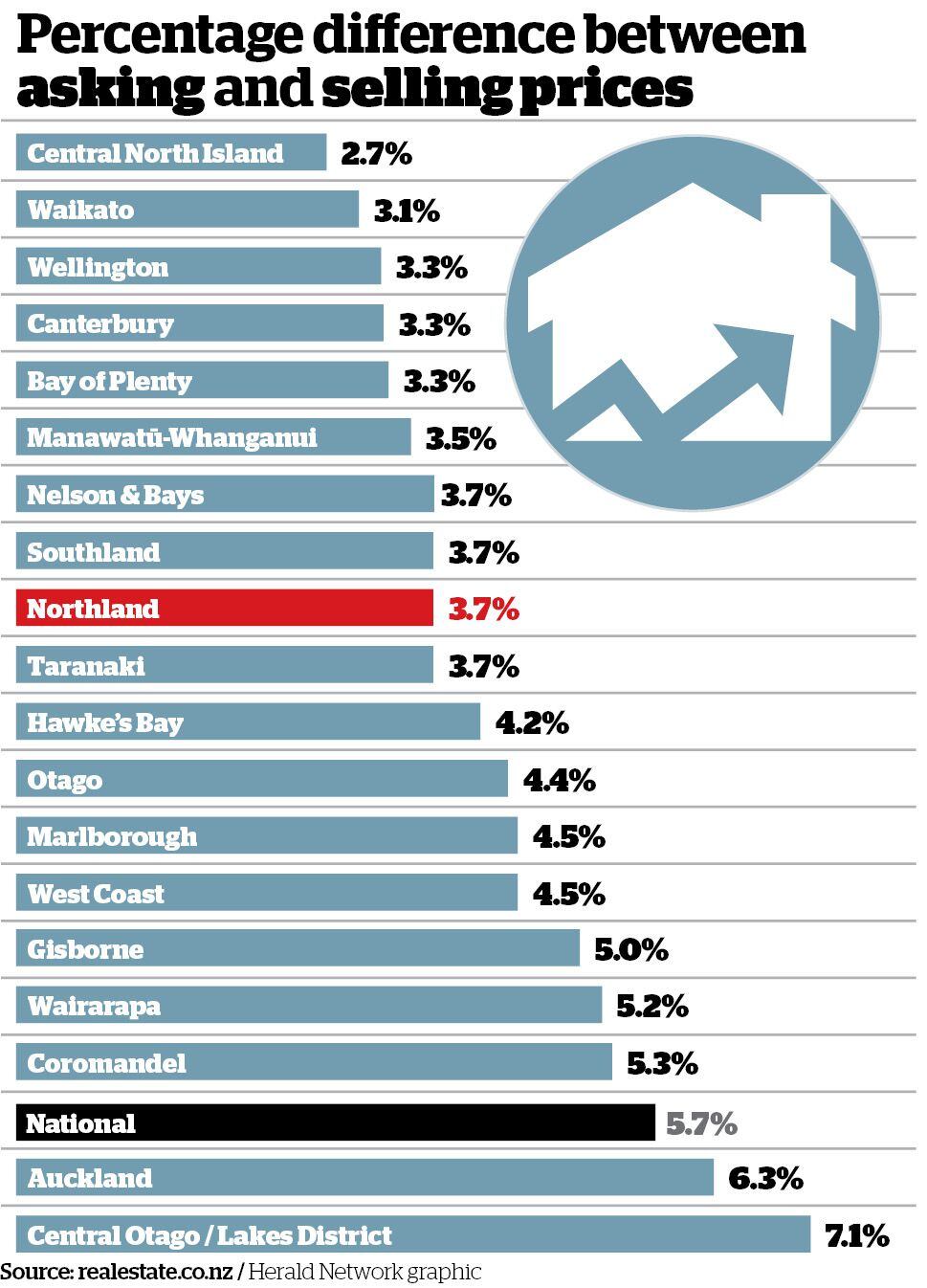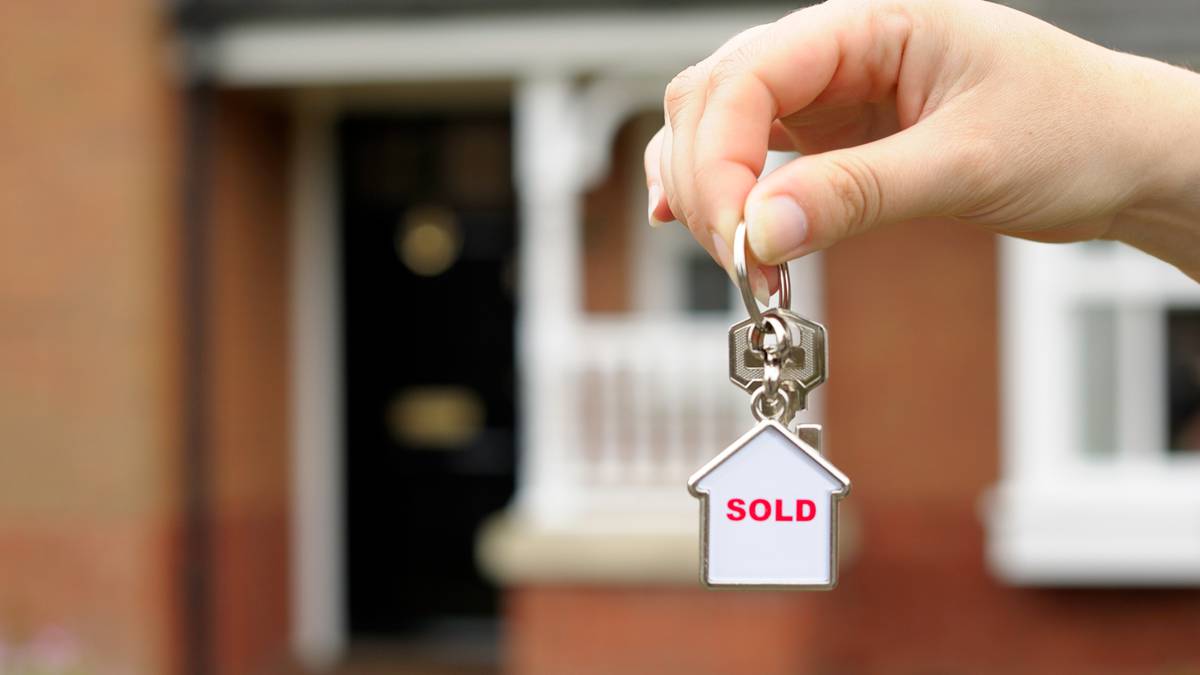Vendors are adjusting their asking prices as the housing market continues to shift. Photo / Getty Images
Property price tags sought by sellers are – for the most part – realistic to what homes are closing for in Northland, new data reveals.
The news comes as the rate of decline in property
values in Northland slows and the time it takes to sell property here has reduced.
Real Estate Insitute of New Zealand (REINZ) figures showed real estate agents in most regions were setting asking prices closely aligned with what the market is willing to pay.
The difference between asking and selling prices nationally since 2007 was 5.7 per cent – higher than in Northland, where the variation between the two price tags was 3.7 per cent.
The Central North Island recorded the smallest difference with 2.7 per cent, while the largest was 7.1 per cent in Central Otago / Lakes District.

The analysis looked at the difference between average asking prices for all listings on realestate.co.nz and the median selling price for all properties sold in New Zealand over the last 16 years.
Realestate.co.nz chief executive Sarah Wood said the relatively small differences in most regions were encouraging as it suggested buyers and sellers were finding common ground.
“Generally, asking prices set the trend for selling prices because they are decided based on the most up-to-date local knowledge and property information that real estate agents have available.”
Advertisement
The gap didn’t automatically mean sellers were asking above market value, Wood added.
“Many factors impact whether asking prices are higher or lower than selling prices. Demand and market sentiment, for example, can have an impact.”
Harcourts Whangārei and Bream Bay general manager Paul Beazley said vendors were “definitely” becoming more aware of the change in the market and were adjusting their prices accordingly.
OneRoof editor Owen Vaughan said the average property value in Northland is $839,000 and the median sale price – based on every property sold in March – remains the same as in February at $710,000.
“That’s down almost 10 per cent year-on-year but quarterly it’s down only 1.5 per cent.
“In fact, the rate of decline in property values in Northland has slowed quite considerably in the last quarter.”
Vaughan said six months ago the rate of decline was 3.1 per cent, which has eased to just above 1 per cent.
He acknowledged there had been an uptick in median house prices in areas where a “bach market” existed – such as Mangawhai Heads and Langs Beach.
Advertisement
Despite the adjustment to prices by some vendors, Vaughan said upwards of 50 fewer properties were sold in March this year compared to the same time last year.
Sales were up 21 per cent month-on-month for the region but down year-on-year.
“The market has shrunk quite a bit in Northland,” Vaughan said.
Beazley noted a lot more properties were on the market now compared with two or three years ago – a sign “people probably wanted to get on with things” despite the climbing interest rates and difficulties securing home loans.
The change in attitude may be evident in the “massive reduction” Vaughan noted in the number of days a property took to sell.
“In February, days to sell in Northland was probably the highest in the country at around about 67 days… that has come down from a high of more than 80 days.”
Vaughan said the region’s larger ticket items – such as Motuekaiti Island in Kāeo – impacted those figures as they took longer to sell.




